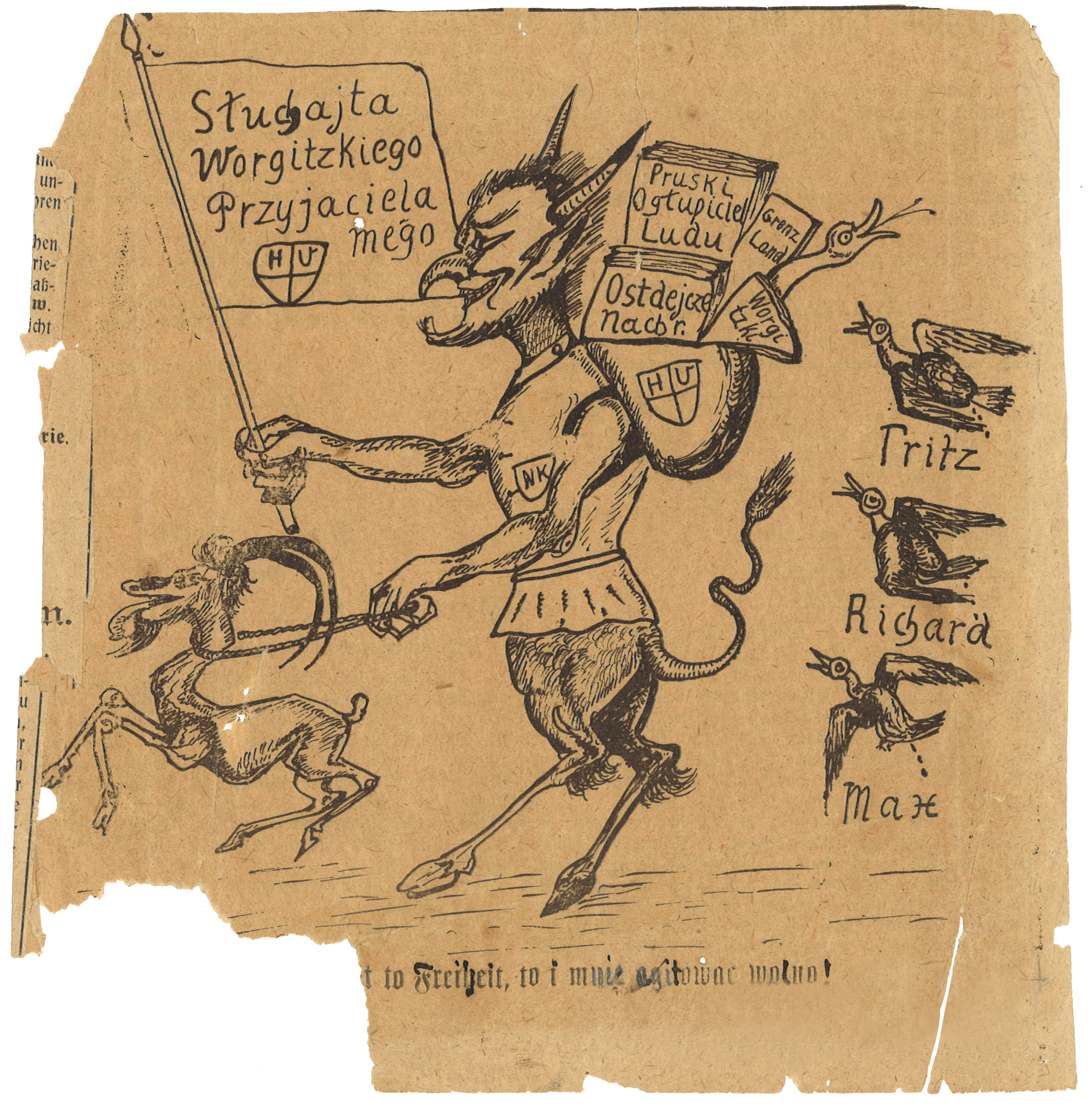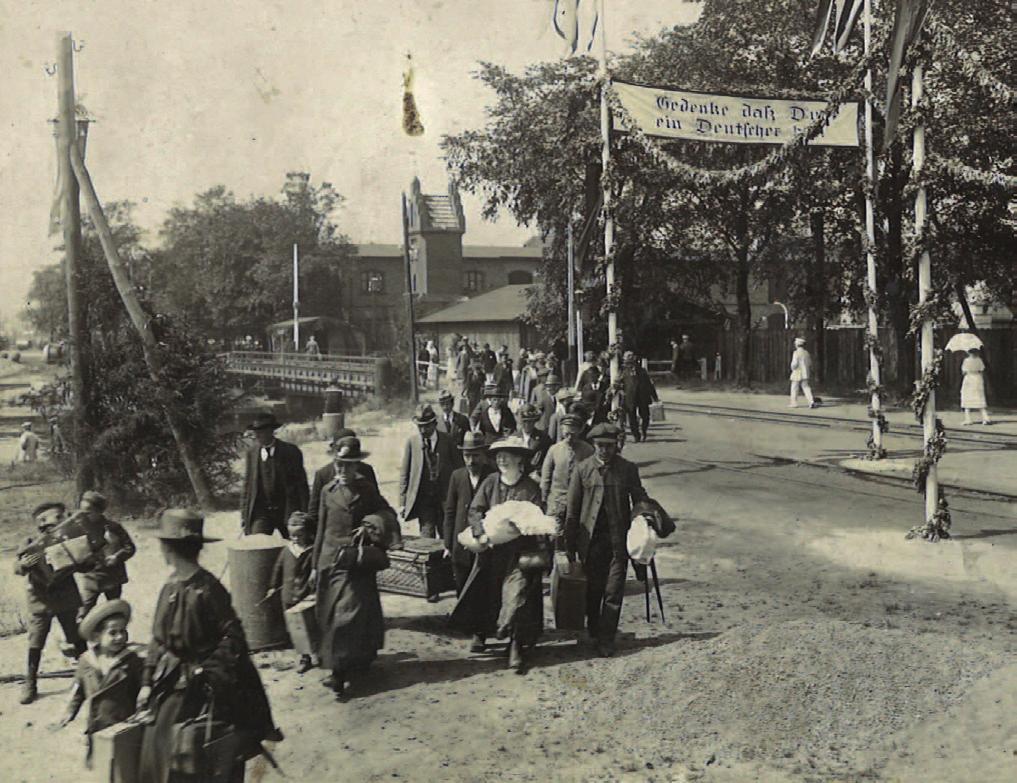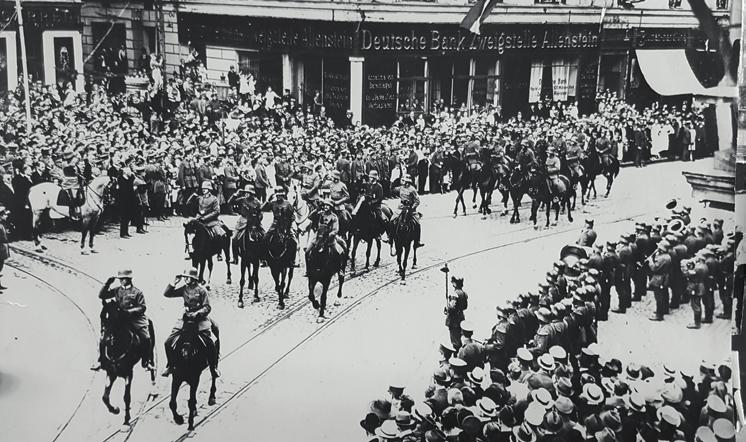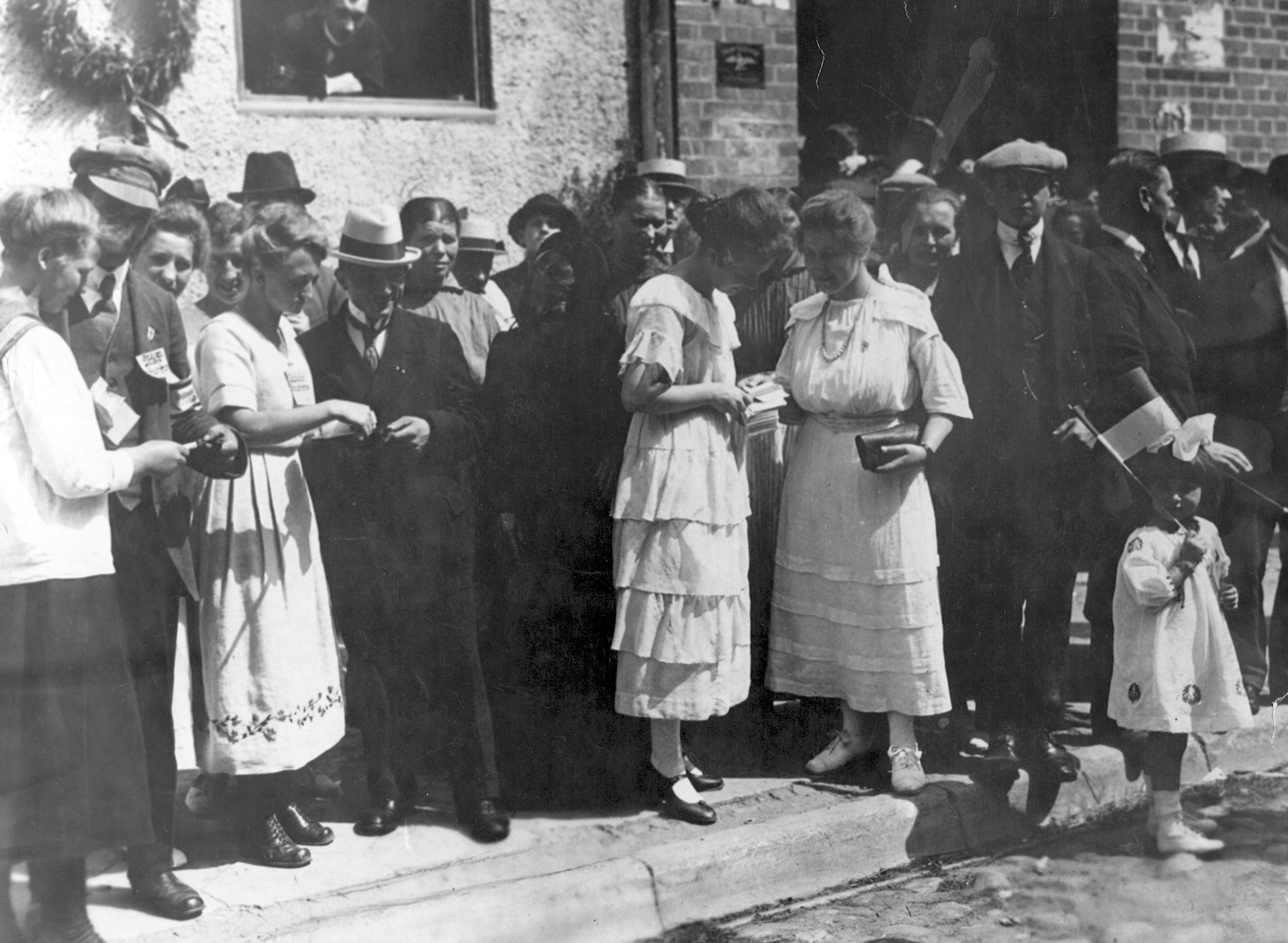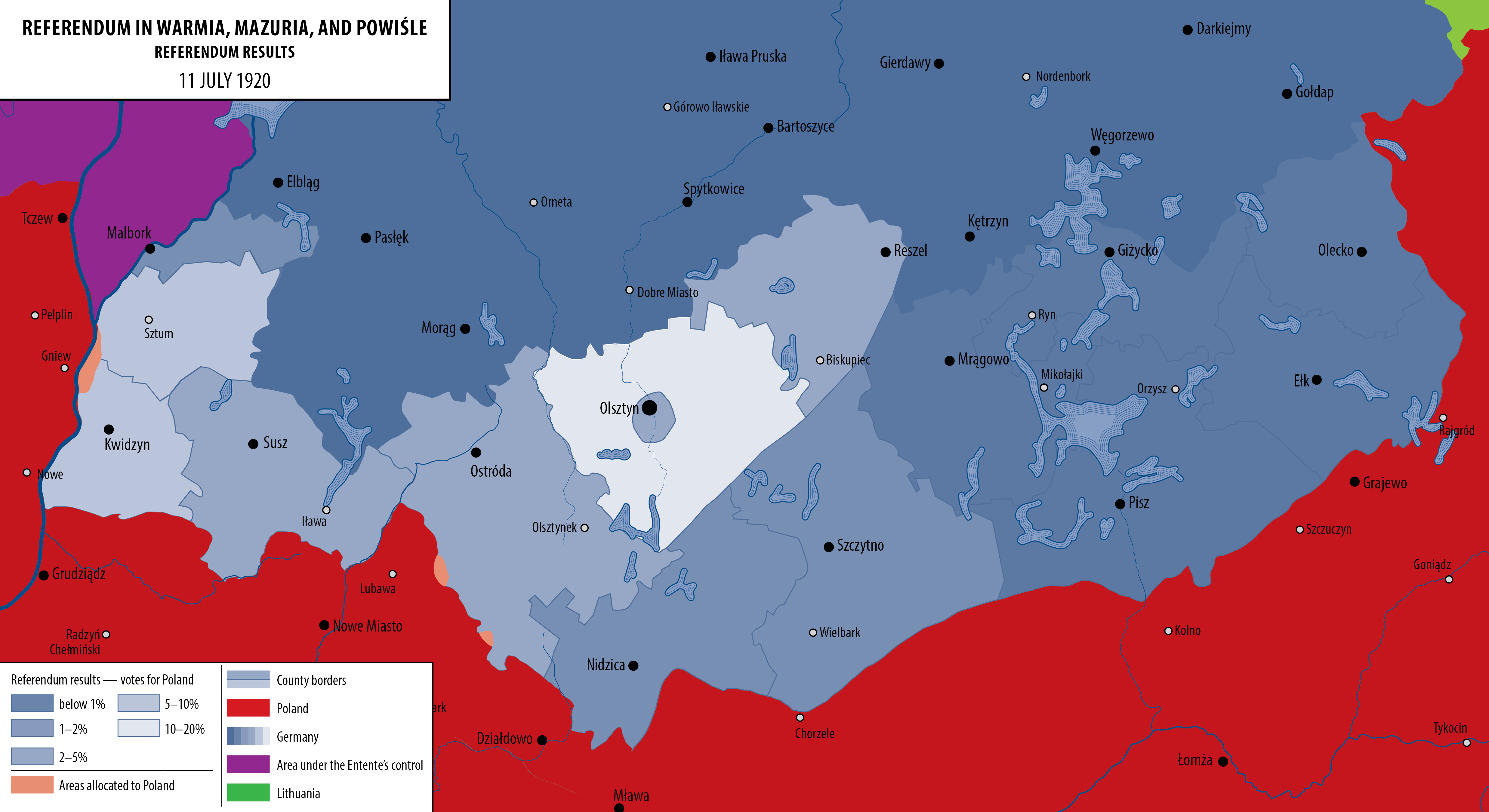Referendum in Warmia and Mazuria
Poland began efforts to incorporate Eastern Prussia because Warmia, Mazuria, and Powiśle had a large Polish population as well as to gain wide access to the sea. Announced in November 1918, the parliamentary election law provided that the election would take place also in Warmia and Masuria. During the Versailles Conference the Polish side managed to negotiate a referendum only in two constituencies: the Olsztyn one in Warmia and Masuria and the Kwidzyn one in Powiśle. The Germans were more active in the preparations for the referendum. They had the local administration, police, and the military at their disposal as well as substantial financial means. They used those assets to stage various acts of violence against Polish activists. The election date was set for 11 July 1920 but the survival of the Polish state was uncertain.
Masurians, do you want to become Germans?
